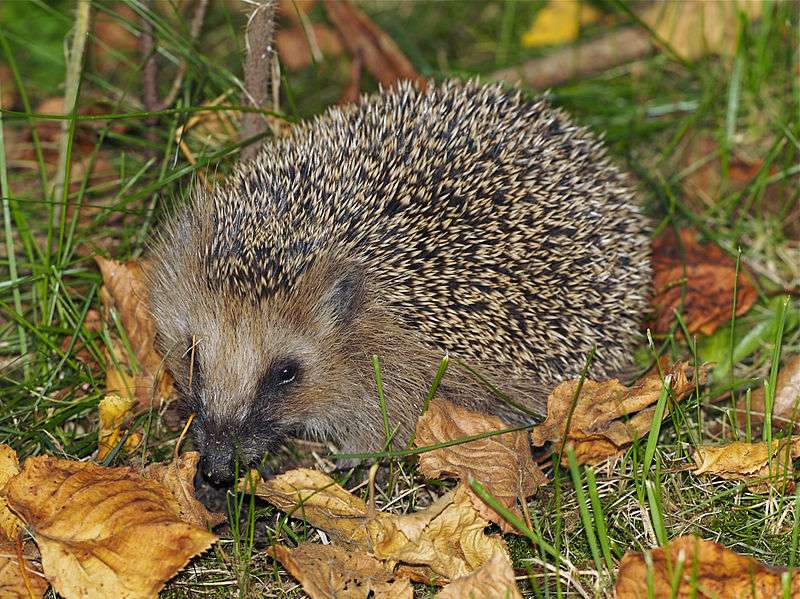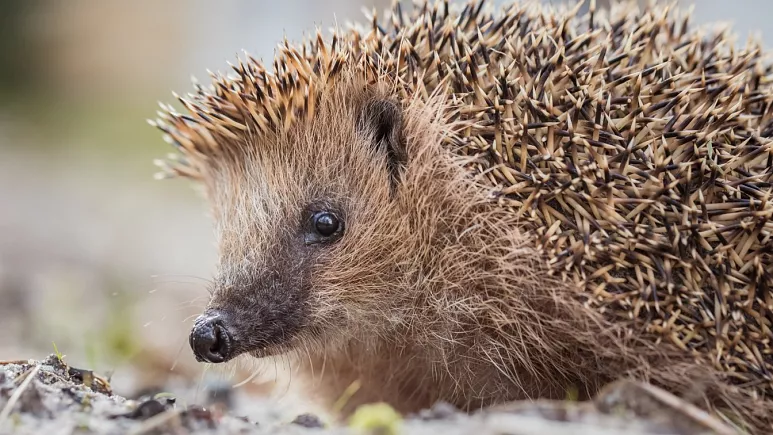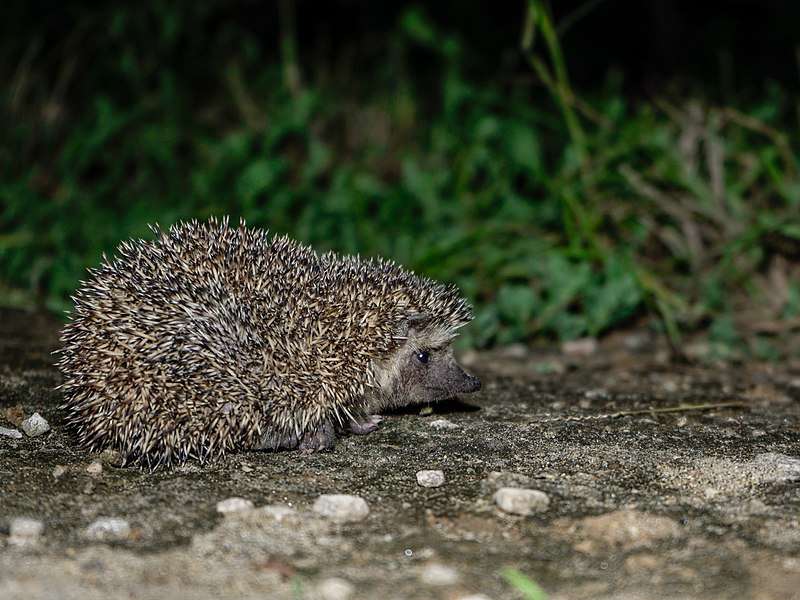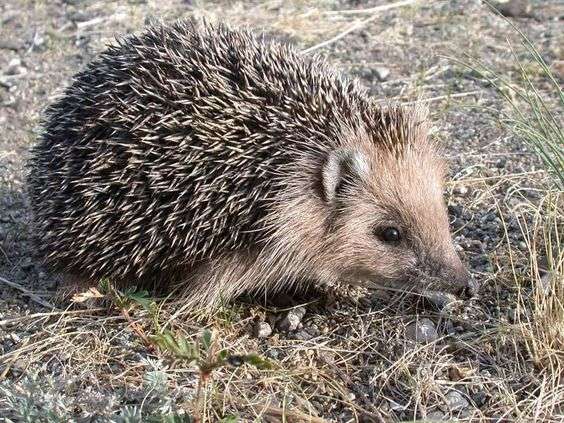
Description
Scientific Name: Erinaceus europaeus
Lifespan: 2-9 years
The West European hedgehog, commonly called the common hedgehog, is the European hedgehog (Erinaceus europaeus). One of the natural creatures that is the easiest to recognise is the European hedgehog. When a hedgehog curls up into a tight ball, its distinctive spines—that are thick, hollow hairs rather than barbs or poison—serve as protection. The newborns have soft, white spines that are under the skin and emerge a few hours later to protect the mother at the time of birth.
Habitat
The West European hedgehog, commonly called the common hedgehog, is the European hedgehog (Erinaceus europaeus). One of the natural creatures that is the easiest to recognise is the European hedgehog. When a hedgehog curls up into a tight ball, its distinctive spines—that are thick, hollow hairs rather than barbs or poison—serve as protection. The newborns have soft, white spines that are under the skin and emerge a few hours later to protect the mother at the time of birth.
Behavior
Hedgehogs are mostly solitary, nocturnal, and non-territorial animals. When scavenging for food, they can travel up to one to two kilometers in a single night. They are known to roll into a tight ball as a defense, have quick running speeds, and have strong swimming abilities. They hibernate in a nest of leaves during the winter, typically beneath log stacks or sheds. The European hedgehog, like all hedgehogs, has the intriguing behavior of “self-anointing,” in which it creates copious amounts of frothy saliva and licks this over its spines. Unknown triggers, such as unfamiliar foods, potent odours, and being with other members of the same species, cause this behavior. Grunts, snorts, and harsh squeaks comprise the majority of the noises these creatures make. Adults occasionally make these noises when being captured, as well as during mating and feeding. While in the nest, the baby may whistle and squeak.
As Pet

Feeding
European Although they are omnivores, hedgehogs primarily consume insects. They will consume anything they can since they are opportunist eaters. They spend a lot of time in gardens looking for bugs like caterpillars and worms.
Fruit and veggies are also favourites of theirs. They will eat items like apples, berries, bananas, tomatoes, and squash if you give them those. Dog or cat treats are edible to hedgehogs. Only when they have been pre-soaked in water may young hedgehogs consume these. Giving your garden hedgehog the necessary protein is a terrific method to feed them canned dog or cat food. Food for hedgehogs is also appropriate. Since hedgehogs cannot tolerate lactose, no milk or dairy products should be provided for them.
Setup
You can set up a feeding station that only hedgehogs can access if other wild animals are a worry. To prevent larger animals like cats and foxes from eating the food, cut a hole in the side of a plastic bin and secure a piece of piping that is just big enough to accommodate hedgehogs. Another option is to construct a single hedgehog-sized shelter out of bricks or stones.
Hedgehogs need safe, comfortable places to hibernate during the winter. Your hedgehog companions will return to your garden each year if you provide them with this.
Table





